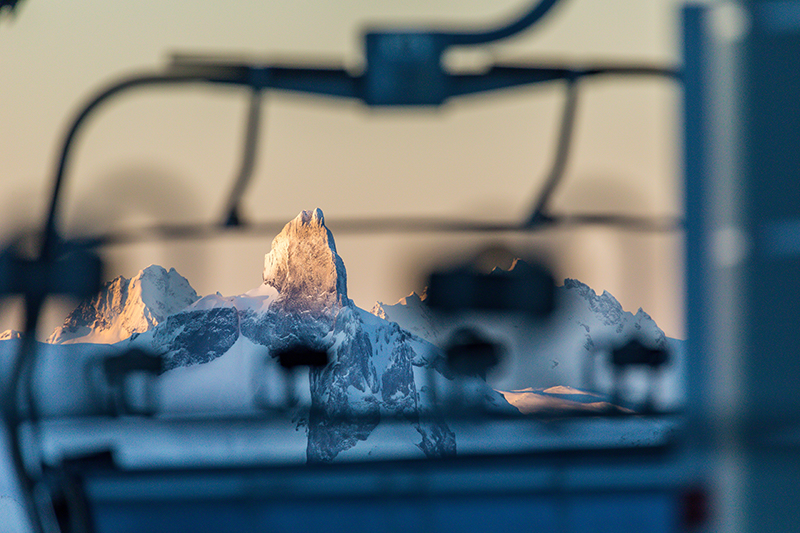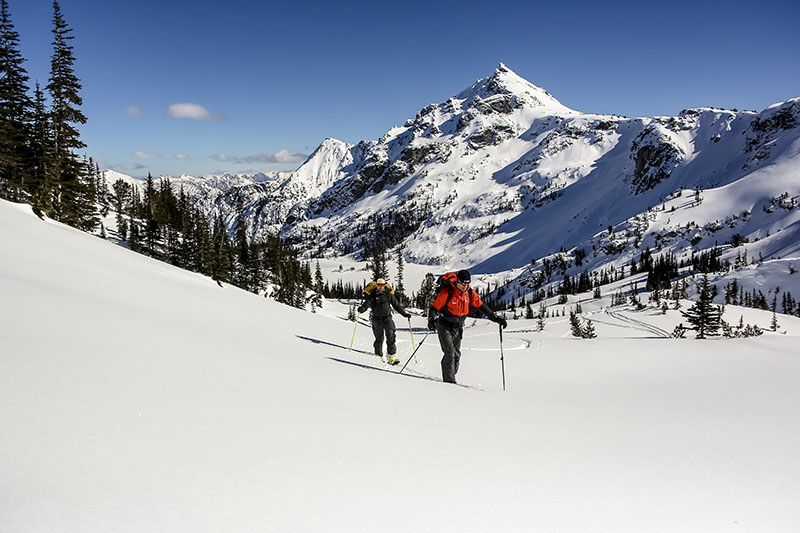Explore the Backcountry with Your Bubble
Experience and Preparation Key to Venturing Out Safely, Guide Says
By Steven Hill
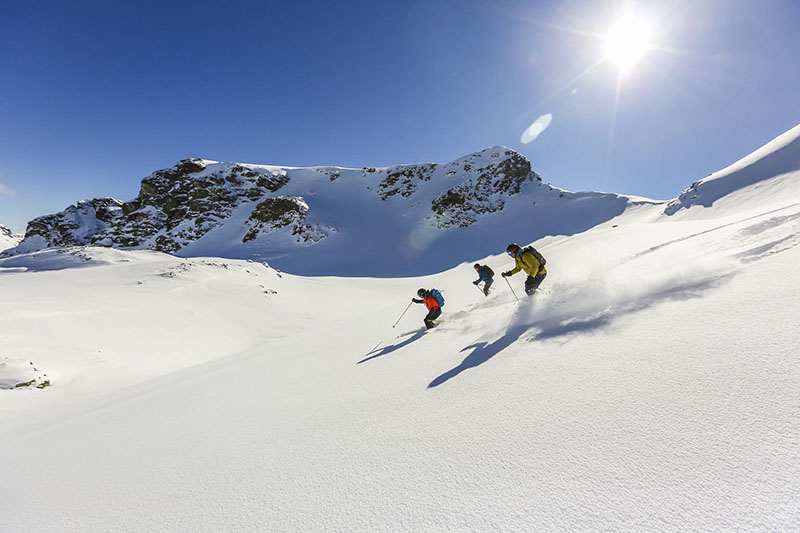
While Whistler is renowned as a world-class ski resort with some of the most acclaimed lift-accessed, groomed terrain on the planet, it is also an ideal home base for those looking to escape the crowds and explore pristine, fresh powder in the backcountry.
Backcountry skiing and snowboarding, also known as “going off-piste,” involves heading out to unpatrolled or unmarked areas outside the ski area boundaries with other seasoned backcountry enthusiasts, or with an experienced guide. The sport’s allure is in exploring huge tracts of fresh, untouched powder and the thrill of experiencing Mother Nature away from lift lines and the crowds. According to Jill Dunnigan, owner of Extremely Canadian, backcountry adventures have become more popular, especially now with people trying to balance their love of skiing or riding against a global pandemic.
“People are definitely interested in getting away from it all,” she said. “Skiing in the backcountry allows people to get out in the fresh air and open spaces with less faces, which has become even more necessary over the past nine months. It’s a great way to physical distance while enjoying time outdoors and getting some exercise.”
Several companies operating in Whistler offer guided tours to the backcountry. Extremely Canadian, which has operated for the past 25 years, offers winter skills training courses as well as backcountry adventures. For backcountry adventures, they have both private and group offerings.
“With the groups, we have a choice of Introduction to Backcountry and Experienced,” explained Dunnigan. “These are day trips into Garibaldi Park via Whistler or Blackcomb mountain. Privates run daily on request, and each of the groups runs twice a week until April 4, 2021.”
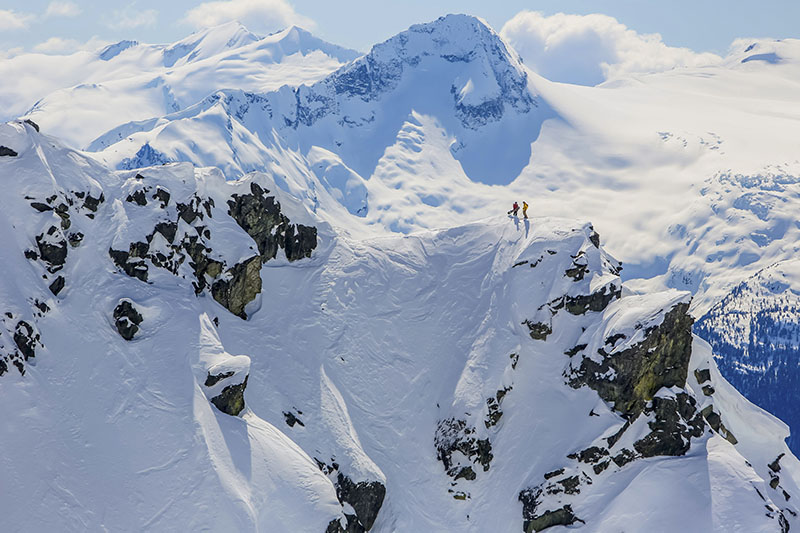
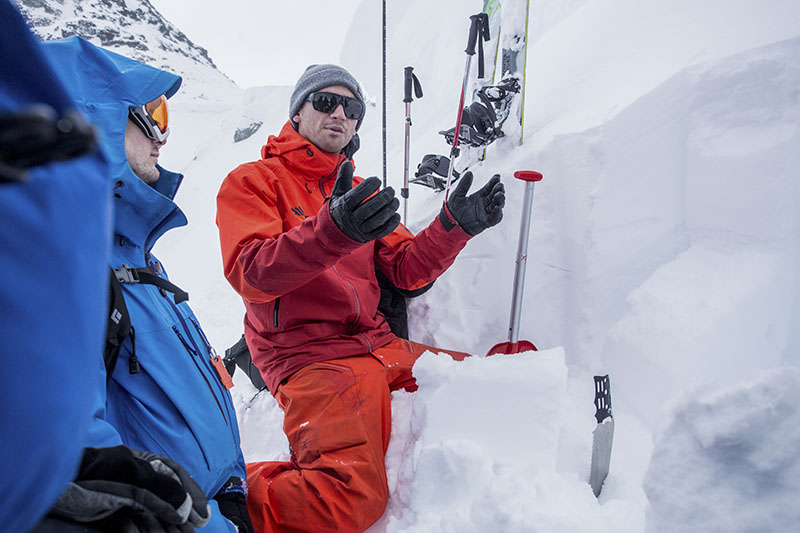
Guests with Extremely Canadian upload with a guaranteed reservation and lift line priority from Whistler Village and take the lifts to the alpine.
“After conducting a companion rescue and final gear check, we head to the area boundary to prepare for our first transition,” Dunnigan said, “meaning that we switch to uphill mode. Then we head into Garibaldi Park. Once we leave the area, we stay out until the end of the day or when the guests are satisfied. We return to the area boundary and ski out by Singing Pass or the resort pistes.”
However, Dunnigan stressed that backcountry skiing or riding is not necessarily for everyone.
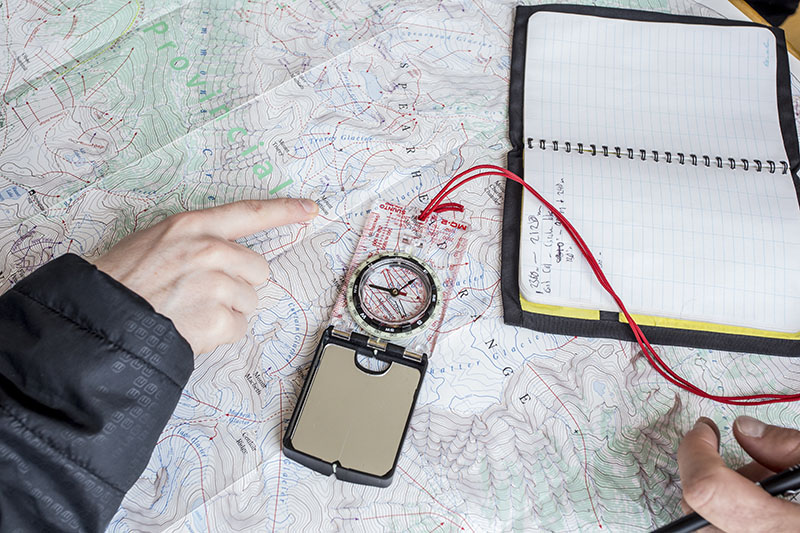
“There’s definitely people who prefer to stick to the lifts or ride in a helicopter,” she said. “You should be an advanced intermediate to expert skier or rider with an adventurous spirit, someone who is into getting some exercise and loves being outside no matter the weather. You also need to be comfortable and confident skiing/riding in variable conditions. In the backcountry, you travel tremendous vertical and can encounter all types of snow, from powder to ice to slush.”
What’s her advice if you are interested in exploring the backcountry for an entirely different skiing experience?
“Take a course, buy the gear and hire a guide,” she said. “Not necessarily in that order, but definitely all three before you start venturing out into the backcountry on your own or with friends. Know before you go and be prepared. It’s imperative that you get to know your gear and practice using it. Make sure it’s in good working order and up to [current safety] standards. Be comfortable and confident with your kit. Also, make sure you understand the conditions and geography before venturing into the backcountry.”

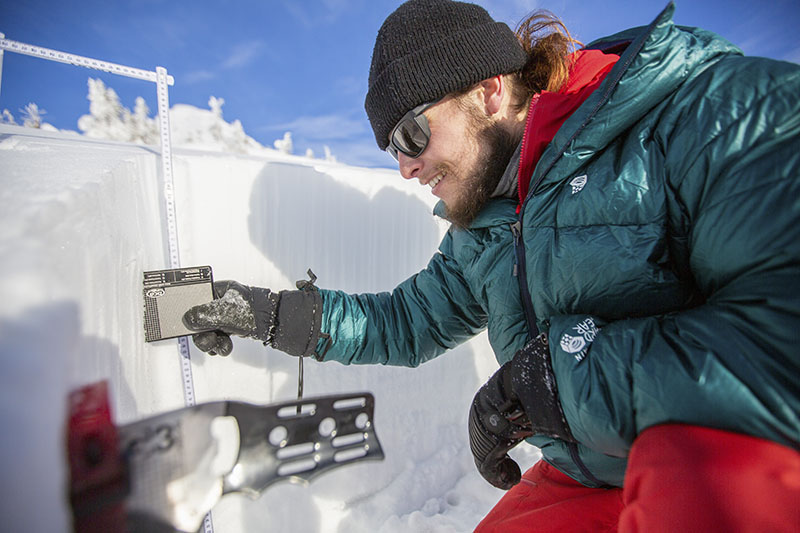
Many guiding companies offer avalanche and backcountry safety courses to guests, both in private and group settings.
“Extremely Canadian offers group and private Avalanche Skills Training (AST) 1+ and Avalanche Skills Training (AST) 2,” Dunnigan said. “We also do private Crevasse Rescue and private Youth Big Mountain Awareness courses.”
Regardless of how you decide to embark on an adventure skiing or riding in the backcountry, Dunnigan does have one prediction for everyone who tries the sport.
“Once you get into it, it becomes a lifestyle.”
Visit extremelycanadian.com or whistler.com.
